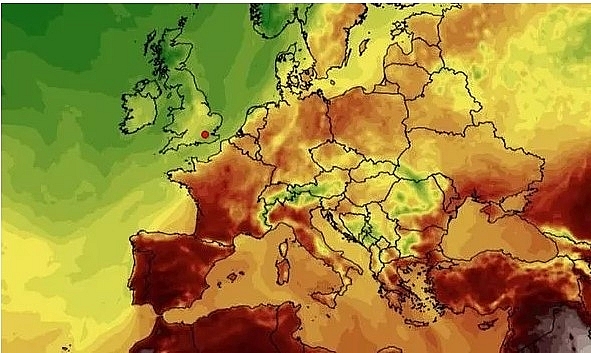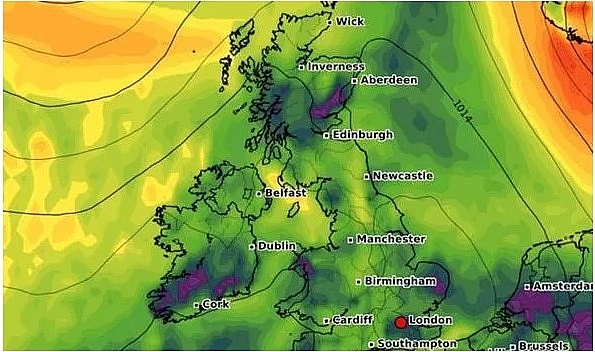
To slow cook the steak, place it on a baking rack in the oven, and then bake it until it reaches about ten or 15˚F before your recommended level of doneness. Slow cooking your steak is imperative to get the ultimate benefits. It’s important to remember that the lower the temperature, the more evenly your meat will cook. The next thing you want to do is preheat your oven to be ready for your steak. You can then leave them in the fridge, wrapped in foil, overnight. Make sure all sides of the steak are covered. You could also just season with the absolute basic, salt, and pepper. This is how you infuse the taste that you want in it. To reverse sear your steak, you will need first to use your favorite spices as a dry rub. When you are cooking on high heat, it is seconds between the different levels of doneness. This is when sugars and proteins react and begin to form the brown crust that you want on a good piece of steak.Īlso, when you reverse sear a steak, you cook slowly and allow yourself more time to check on the temperature and make sure that it reaches the right level of doneness. This will only come about when you trigger the Maillard reaction. This will not happen when you cook the meat fat and hot.Ī reverse seared steak will have better browning than one that is cooked traditionally. Enzymatic tenderization will keep the meat tender as it cooks slowly.

This is because the meat is first cooked to the desired internal temperature and then seared on high heat. The other benefit of reverse searing is that it gives you tender meat. But when you cook it slowly, the meat cooks more evenly. The faster this happens, the more uneven the steak cooks. The way a steak is cooked is determined by the rate at which energy is transferred to the meat. Also, reverse searing will help you get a steak that is cooked from edge to edge. Because you are allowing the meat enough time to cook well, and you are simply using the high heat as a way of searing it to brown it. The first is that reverse searing gives you a more even cook. Reverse searing has different advantages, and as such, that is the reason why it is often used in steak houses. For instance, hot and fast searing is better used on thin sheet steaks, while reverse searing is better used on thick steaks. The two methods work well when used in the proper context. There is also hot and fast searing, which is different from reverse searing. It also created a browner crust and added an intense smoky flavor to the meat. This concept yielded a more constant color, from edge to edge, without a ring of well-done meat around the pink one. Like reverse searing, this method involved cooking the meat to its correct level of doneness and then searing it overheat, sealing in flavors and moisture.Īs the technique was developed, reverse searing came into play decades later, in 2001, and developed by different chefs. He created this method to increase the shelf life of foie grass in his restaurant. The idea of reverse searing came about from the sous vide method developed in 1974 by chef George Pralus.

This will finish off the cooking process and give a charred look. Technically speaking, reverse searing is when you first cook the meat to a few degrees below your preferred doneness and then sear it over very high heat.

It is especially great with thick steak, which may seem challenging to cook well, but isn’t when you have the proper techniques such as reverse searing. It’s one of the best ways to cook and be sure that the meat is done to perfection inside and that it also looks the part. Reverse searing is a cooking method whereby you get to cook your meat twice to get the desired look. Reverse sear vs sous vide What is reverse searing?.


 0 kommentar(er)
0 kommentar(er)
